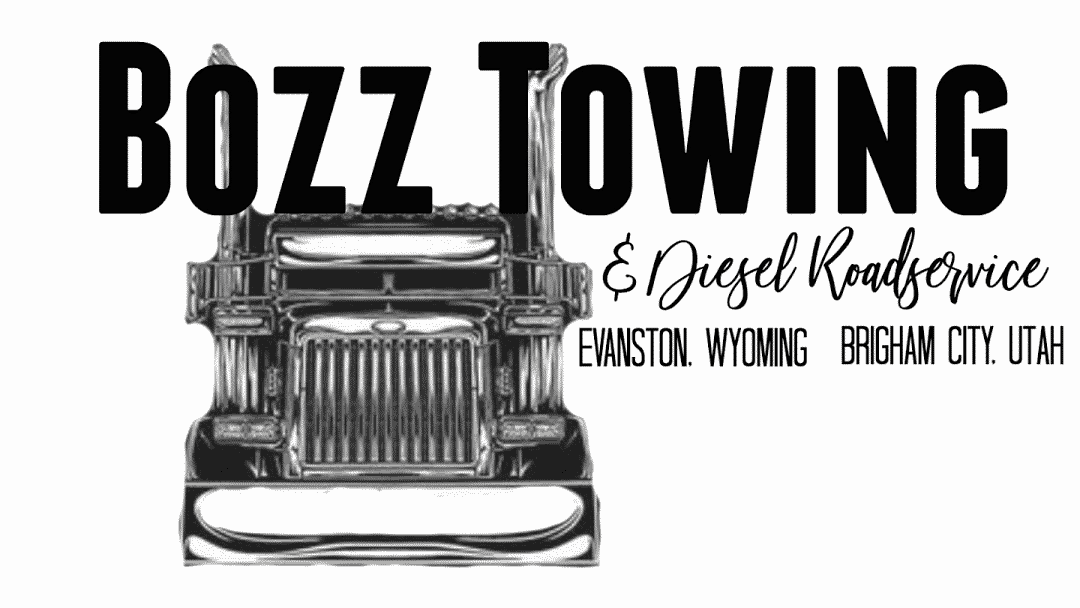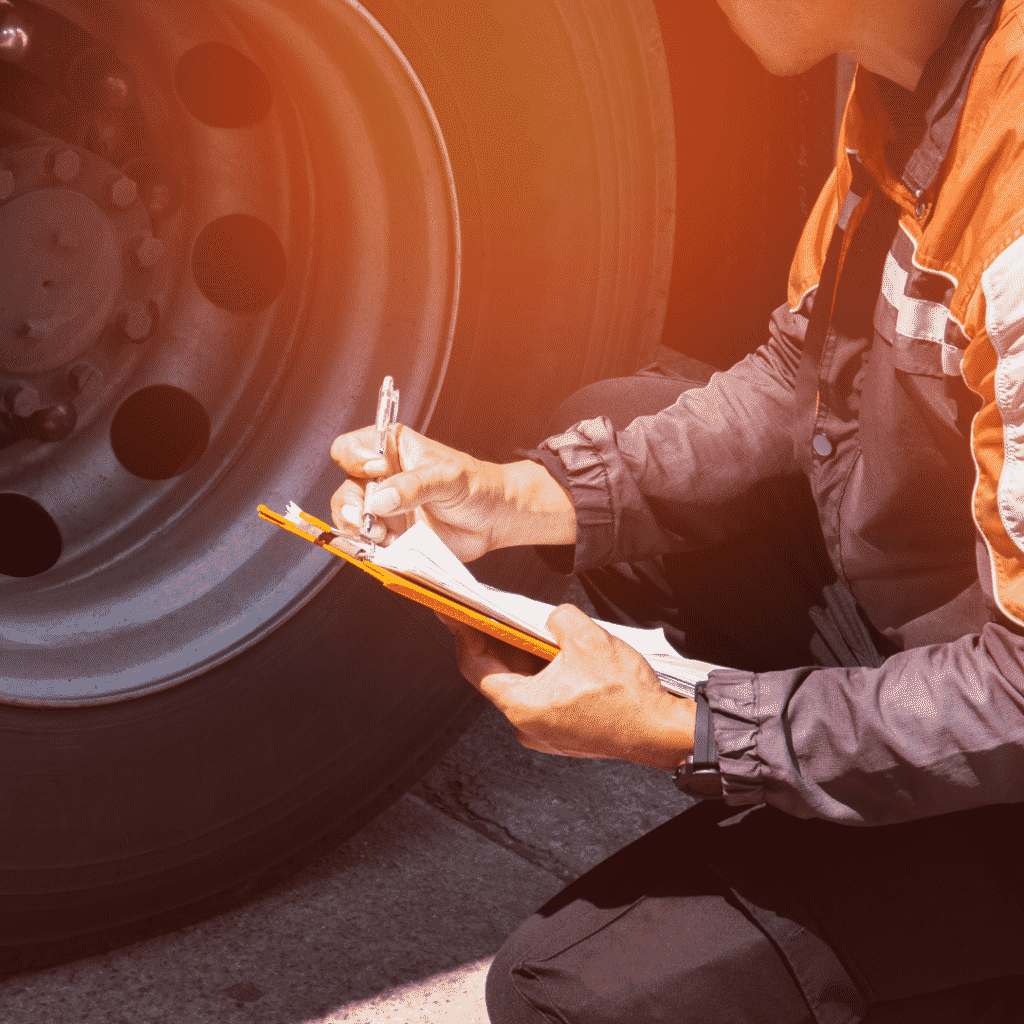Commercial truck drivers need to be well-versed in Department of Transportation inspections. A DOT inspection is a comprehensive review of a commercial vehicle’s safety features and compliance with DOT regulations. In this blog post, we will provide a refresher on what truckers can expect during a DOT compliance inspection. Knowing what to expect can help you stay calm and prepared during the inspection process.
What is a DOT inspection and what does it entail?
A DOT inspection is a comprehensive review of a commercial vehicle’s safety features and compliance with Department of Transportation (DOT) regulations. The DOT inspector conducts vehicle inspections on commercial motor vehicles (CMVs) and verifies that all parts and components are in good operating order to contribute to better road safety.
Other organizations, as well as state and federal authorities, all play a part in these safety checks. The following organizations collaborate to guarantee that motor carriers and drivers follow CMV laws and rules:
- State troopers.
- The Federal Motor Carrier Safety Administration (FMCSA).
- The Commercial Vehicle Safety Alliance (CVSA).
What happens during a DOT inspection?
During a DOT inspection, a certified inspector will check both the truck driver and the vehicle for compliance with DOT regulations. The inspector will look for any safety violations and will also check the vehicle’s paperwork to make sure it is up to date.
The driver will need to provide the following documents:
- Driver’s license.
- Registration.
- Proof of insurance.
- Logbook (if applicable).
The vehicle will be checked for the following:
- Tires.
- Brakes.
- Lights.
- Horn.
- Windshield wipers and washers.
- Mirrors.
- Seating capacity.
- Gross vehicle weight rating (GVWR).
- Loading dock requirements, if applicable.
These are just some of the things that will be checked during a DOT inspection. It is important to be prepared and have all of the required documents on hand to avoid any delays or citations.
Six Levels of Truck Inspections
There are six levels of truck inspections, each with different requirements. The six levels are:
Level I: North American Standard Inspection
The most comprehensive evaluation is this one, since the officer looks at the entire vehicle (tractor and trailer) for worn-out or damaged components.
They examine:
- Braking system
- Lights
- Seat belts
- Brakes
- Suspension
- Windshield wipers
- Headlamps
- Tires
- Battery
- Turn signals
- Steering wheel
- Fuel systems
- Securement of cargo and more.
The DOT official will inspect the driver’s documents including:
- License
- Medical certificates
- Logs
- HOS documentation
- Inspection reports
- Hazmat endorsements.
The driver will be spoken with and checked for indications of alcohol or drug use, seat belt usage, and proper documentation. If any violations are detected, the driver will be cited. This stage of examination usually takes between 45 and 60 minutes to complete.
Level II: Walk-Around Driver / Vehicle Inspection
Level two inspections are conducted in the same manner as level one, with the exception that components needing to be inspected beneath the vehicle aren’t checked. Instead, the officer simply walks around and checks for any working incorrectly before going through the driver’s paperwork and credentials. The second level check takes around 30 minutes.
Level III: Driver-Only Inspection
This stage is all about the driver’s credentials and paperwork. As a result, it’s critical to maintain the following documents up to date:
- Driver’s License
- Endorsements
- Medical Card
- HAZMAT requirements
- Electronic logging device (ELD)
- Record of Duty Status (RODS)
- Hours of Service (HOS)
- Driver Vehicle Inspection Report (DVIR)
- Skill Performance Evaluation certificate
You’ll also be examined for things like seat belt use, drugs and/or alcohol abuse, and other factors. This procedure generally only takes around 15 minutes.
Level IV: Special Inspections
A further level of inspection, known as a technical analysis, is uncommon and is generally carried out as a one-time examination of a single item (such as driver paperwork or the vehicle’s engine) for research purposes.
Level V: Vehicle-Only Inspection
A vehicle-only inspection is conducted in the same manner as a level one, with the exception that no driver is on hand. This frequently takes place during a carrier’s compliance check at its headquarters.
The vehicle-only inspection includes:
- Brakes
- Fuel
- Cargo
- Exhaust
- Steering
- Lighting
- Suspensions
- Tires
- Steering wheel
- Trailer
- Windshield wipers
- Emergency exits
- Engine
- Battery
A complete vehicle inspection may take up to 30 minutes.
Level VI: Enhanced NAS Inspection for Radioactive Shipments
This inspection is only for CMVs that haul high-risk route controlled quantities (HRCQ) of radioactive shipments, which means the vehicle may be transporting dangerous freight, medical waste, or nuclear material.
This level includes:
- Inspection procedures
- Enhanced OOS criteria
- Radiological requirements
- Improvements to a level one inspection.
Before they depart for delivery, the vehicle, cargo, and driver must all be defect-free. Those who pass the level 6 inspection criteria will receive a unique decal. It is applied on the point of origin of the shipment and removed at the point of destination. Each decal is only valid for one journey. This inspection takes around 60 minutes to finish.
How often/when do semis get inspected?
DOT semi-truck inspections are typically conducted every 12 months for most commercial motor vehicles. However, if a truck or bus is found to have a defect that poses an imminent safety hazard, the vehicle will be placed out of service (OOS) until it’s repaired and reinspected. There are also other factors that can trigger an inspection, such as a crash or when a driver is cited for a safety violation.
Inspections can also take place randomly, without warning, at any time during the year. So, it’s important that truckers always be prepared to show their documentation and pass inspection.
What to expect during a DOT roadside inspection
A DOT officer or state police may stop you at any time, even at weigh stations, truck stops, or on the side of the road. They’ll usually want to see your driver’s license, registration, and proof of insurance. The officer may also ask to see your logbook, inspection reports, and other documents related to your truck.
There are three outcomes of truck inspections:
- No violations are found. If there are no infractions, the official places a CVSA decal on the vehicle (which lasts up to three months) – it indicates that the driver and equipment have passed the inspection.
- There are some infractions, but they aren’t major. The officer identified a violation that the driver or car is in violation of, but not enough to justify an OOS. Even though the vehicle can still drive, the infractions impact carrier (or driver) scores and might influence CSA ratings. Repairs must be completed within 15 days (about 2 weeks) of the inspection, and the carrier must sign and send a notification to the FMCSA stating that all repairs were completed on time.
- Vehicle or driver is placed OOS. An out of service vehicle or driver means there is a significant safety concern. An OOS vehicle or driver can’t go back in service until all infractions are addressed and recorded.
What are the consequences of not having a DOT inspection?
If you’re caught driving a commercial motor vehicle without a valid inspection sticker, you could face fines and/or imprisonment. You might also get points on your license, which can lead to losing your CDL. In addition, not having a DOT inspection puts other drivers at risk, since an uninspected truck is more likely to have safety violations.
What happens if you fail a DOT inspection?
If you fail a DOT inspection, the truck is typically placed out of service until the violations are fixed. This means that the truck can’t be driven on public roads until it’s reinspected and passes. Depending on the severity of the infractions, you may also face fines and/or imprisonment.
Common DOT inspection violations
There are various DOT inspection violations for both drivers and vehicles.
For drivers:
- Logging violations
- No / expired medical card
- Invalid or expired license
- Not wearing a seat belt
- Exceeding HOS laws
- Driver failing to conduct pre-trip inspection
- Using a hand-held mobile telephone while operating a CMV
For vehicles:
- Inoperable lights
- Inoperative turn signal
- Improperly loaded freight
- No/insufficient warning devices
- Tire tread depth below 2/32 of an inch
- Oil, grease, transmission fluid or fuel leaks
- There is no current annual inspection on file.
Any of these violations can result in a truck being put out of service. If you’re caught driving an uninspected truck, the consequences can be severe. Make sure to always keep your vehicle and paperwork up to date so you don’t run into any issues while on the road.
Tips for keeping your truck in good condition and passing DOT inspections
There are a few things truckers can do to ensure they’re ready for their DOT inspection:
- Make sure you always have your driver’s license, registration, proof of insurance, and other documents necessary for inspection.
- Keep your vehicle in good condition and fix any issues that could lead to violations. This includes ensuring all lights are working, turn signals are operational, freight is properly loaded, and fluid leaks are fixed.
- Conduct a pre-trip inspection before every trip to ensure your truck is in good working order.
- Be familiar with the different types of DOT inspections and what violations could lead to an OOS.
- Clean all of the equipment (both inside and out)
- To keep your cars in good condition, follow a routine preventative maintenance plan.
By following these tips, you can help ensure a smooth and successful DOT inspection.
What to do if your truck fails a DOT inspection
If your truck fails a DOT inspection, the best thing to do is take it to a shop that specializes in commercial vehicles and has experience dealing with the FMCSA. They will be able to help you fix all of the violations and get your truck back up and running. Make sure to keep track of all repairs so you can provide proof to the MCSA. In some cases, you may also need to attend a DOT safety training course.
Bozz Towing can help get your truck up to DOT inspection standards
DOT inspections are an important part of keeping both truckers and other drivers safe on the road. Be sure to keep your vehicle in good condition and up to date with all of the necessary paperwork. If you do find yourself in need of repairs, Bozz Towing can help. We specialize in commercial vehicle repair services and have the experience and knowledge to get your truck back on the road. Give us a call today!

